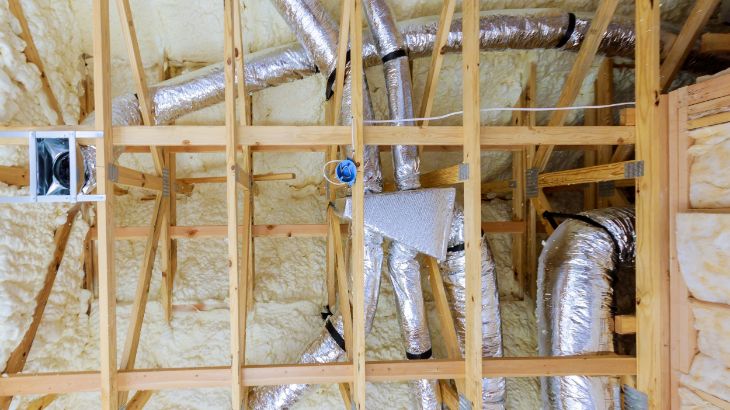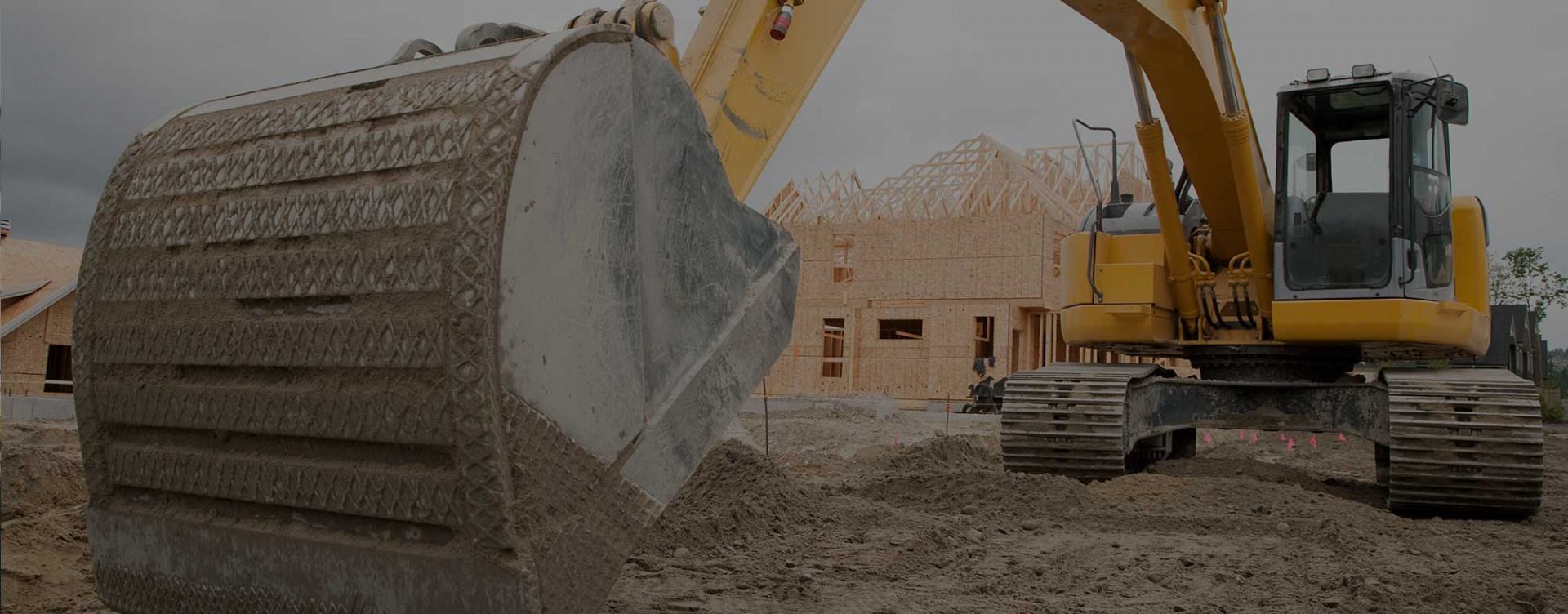
Do you have high energy bills, stuffy rooms, or a dusty house? The problem could be your ductwork. Ducts distribute conditioned air throughout your home. Over time, they can develop leaks, holes, and poor connections. Leaky ducts can reduce heating and cooling system efficiency by as much as 20%. The results are high heating and cooling bills, and rooms that feel uncomfortable, no matter how you set the thermostat. In addition, carbon monoxide and other toxic fumes from appliances, solvents, and paints can be drawn in through duct leaks and circulated throughout the home. Investing a little time and money to ensure that your ductwork is properly sealed and insulated can make your home more comfortable, safe, and energy-efficient, and the effort can more than pay for itself in energy savings.
Do You Have Ductwork Problems?
Take some time to assess your home and your heating and cooling system. There are several indicators of poorly performing ducts:
- An older heating and cooling system with ductwork that has not been inspected and maintained.
- Typically high summer and winter energy bills.
- Rooms that are difficult to maintain at a comfortable temperature.
- Certain rooms that always feel stuffy and uncomfortable.
- Ductwork that runs through crawlspaces or the attic.
Steps to Improving Duct Performance
Ductwork is often hidden in walls and ceilings, so it can often be difficult to repair. There are some things that you can do, however, to make your ducts more energy efficient:
- Seal air leaks in all ductwork that you can access, such as in attics or basements, with mastic* sealant or metal tape. Do not use duct tape, which tends to crack and peel off.
- Ensure that connections at vents and registers are well-sealed. These are good places to find disconnected duct joints.
- Insulate ductwork in all unheated areas, such as attics and crawlspaces. The U.S. EPA recommends insulation with an R-value of 6 or higher.
- Contact an HVAC professional if you suspect more serious ductwork problems. They can inspect your duct system and evaluate your supply and return air balance. If necessary, they will repair or replace damaged ductwork or reroute your system.
* Mastic is a a waterproof, putty-like paste used in building as a joint-sealer or filler.
